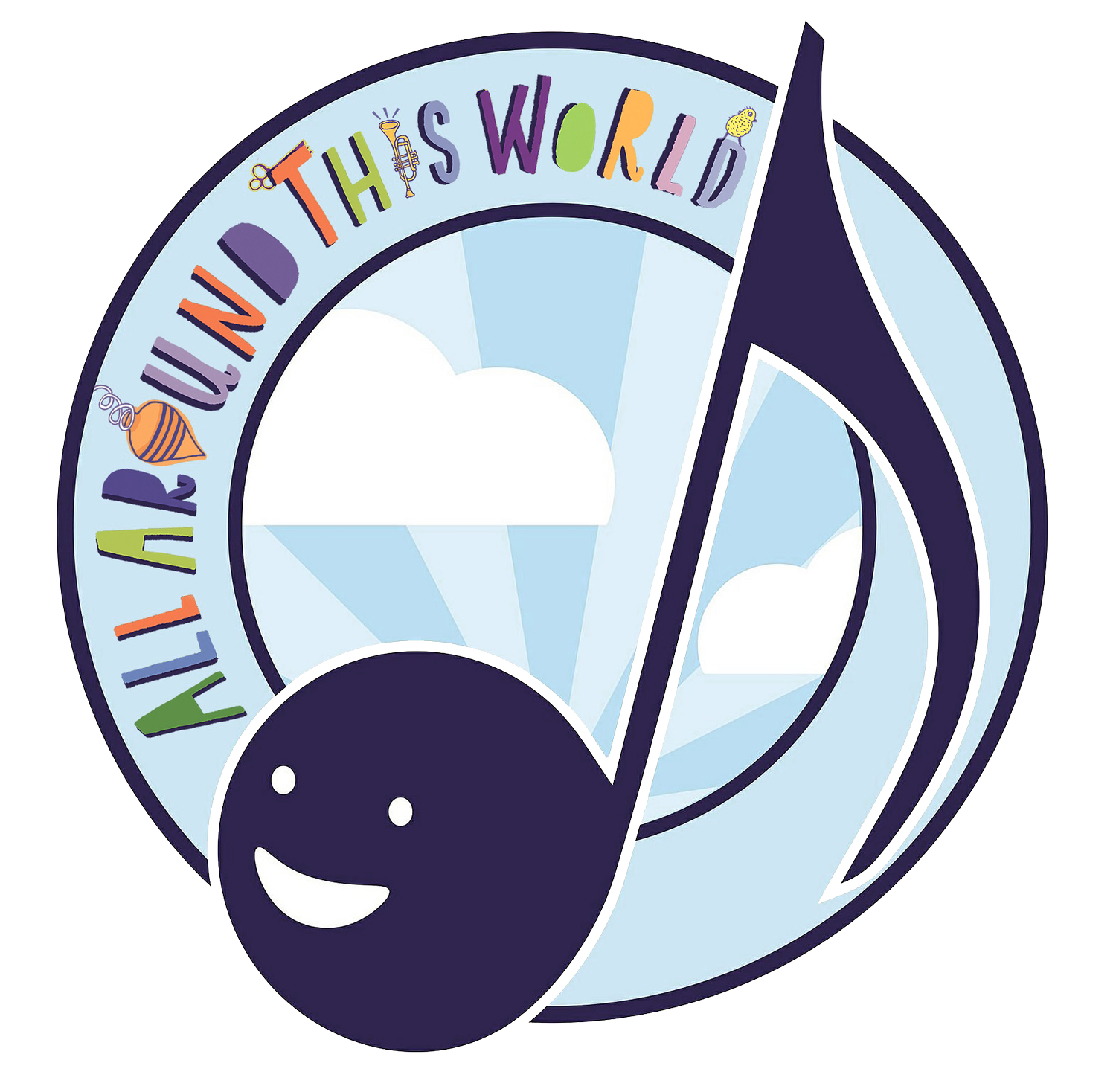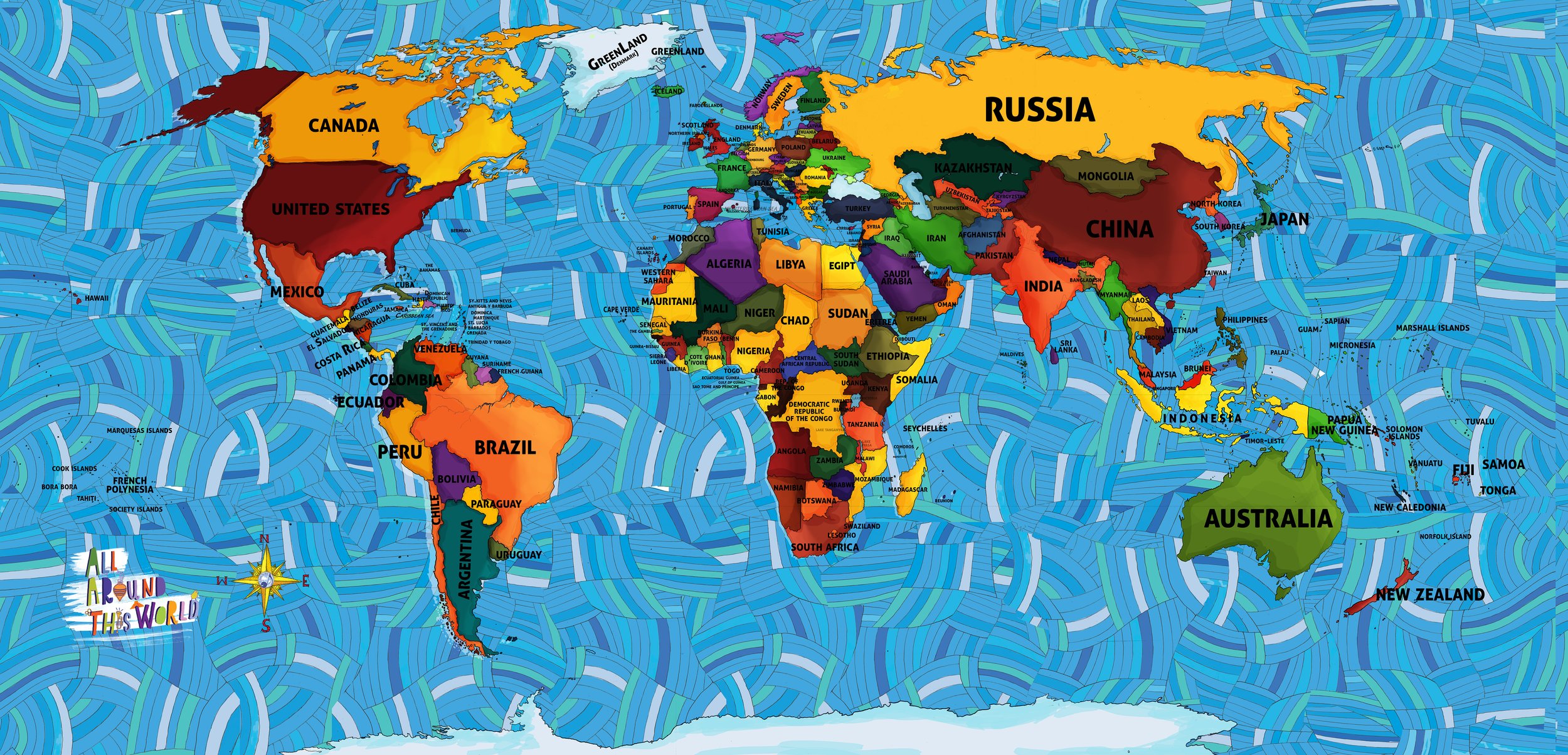THE CARIBBEAN PUERTO RICO
In 1493 the seemingly ubiquitous Christopher Columbus landed on Caribbean island now known as Puerto Rico, which the indigenous Taino called "Bornique," and declared it for the Spanish. Within fifty years the Spanish all but eradicated the Taino population, so they began to bring African slaves to the island to do hard labor. The island remained a Spanish colony, bolstered by the work of Africans, for four hundred years until the United States wrested it away in 1898 during the Spanish-American War. Since 1898 the United States has controlled Puerto Rico's government and economy, though not its culture.
Puerto Rican music embraces in the island’s many historical and cultural contradictions as an opportunity to fuse melodic and rhythmic influences into distinctly Puerto Rican forms. During the Spanish colonial era of the 18th and 19th centuries, Puerto Rican music found much of its inspiration in Spanish folk, resulting in ‘Puerto Rican country music” known as jíbaro, and a form of social dance music, based on the minuet, called danza. At the same time, other Puerto Rican communities with stronger ties to Africa were developing bomba, which is an energizing drumming and dancing call and response, and plena, which featured vocalists who sang satirical songs about current events of the day. Puerto Rico’s most famous musical export, Salsa music, developed as much in Puerto Rico from Afro-Cuban son and mambo influences as it did in the dance clubs New York’s Puerto Rican neighborhoods.
Today Puerto Rico is also known for its homegrown merengue singers as well as for reggaeton, which blends Jamaican reggae and dancehall with bomba, plena, salsa, merengue, latin pop, cumbia, Dominican bachata, electronica, hip hop, rap…. There’s a lot of stuff in there. And it all makes you dance.
IN CLASS WE…
EXPLORE THE CARIBBEAN WITH…
-

-
DANCES, HOLIDAYS AND FUN!

THE CARIBBEAN
ALL AROUND THIS WORLD’S SONGS AND LESSONS
Click on the map to meet any region of the world.



